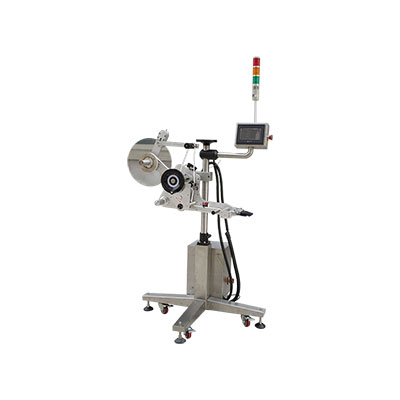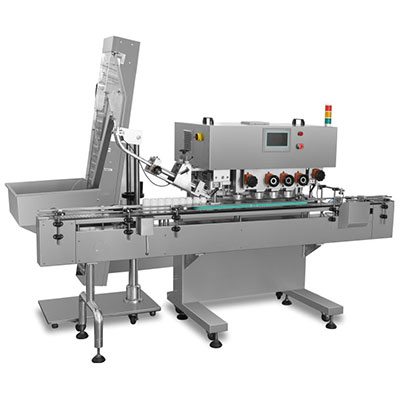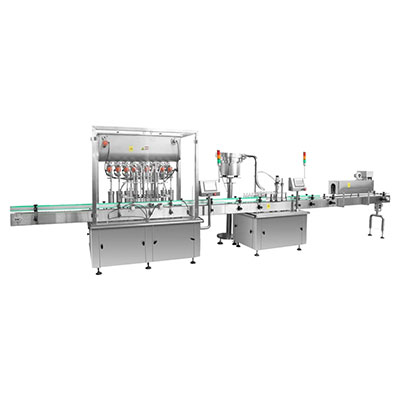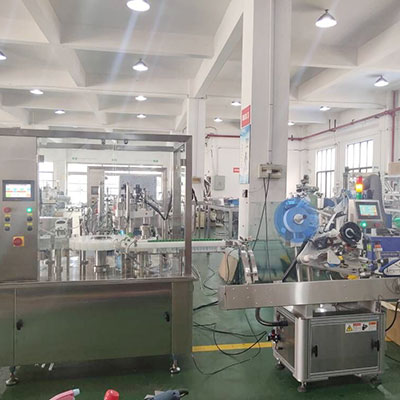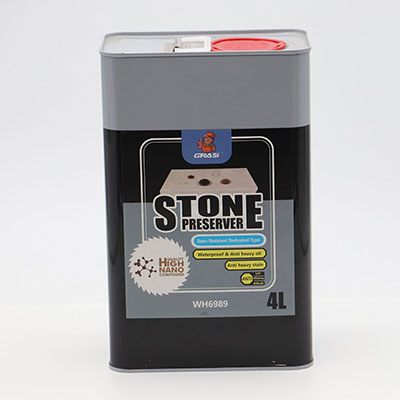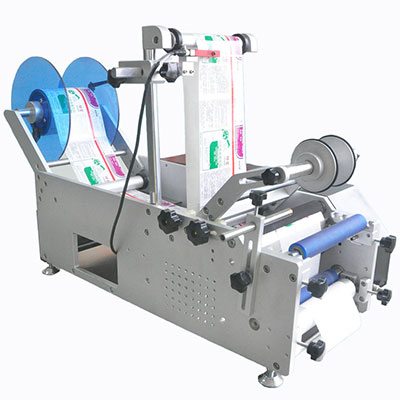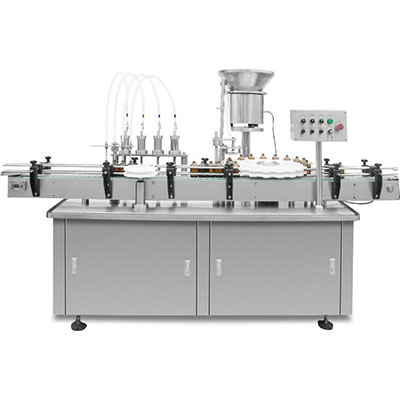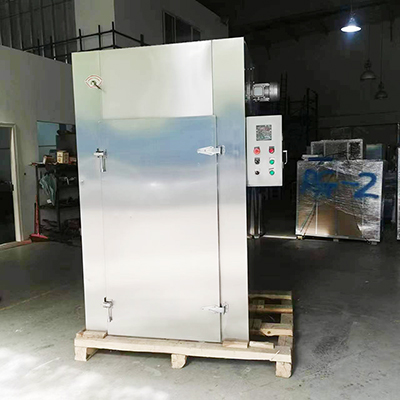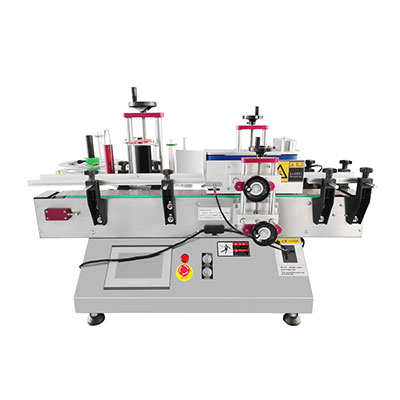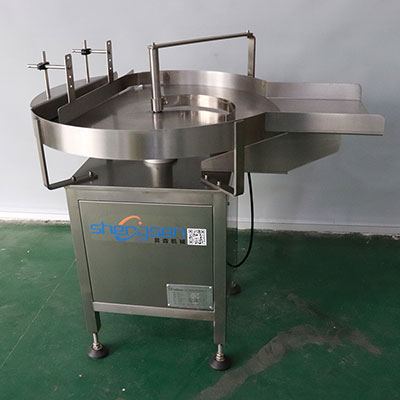Static VAR compensator (SVC)
RXPE’s static VAR compensators are widely used in iron and steel enterprises, electric railway traction stations, coal, electric power, non-ferrous metal industries. Consequently, these electrical devices are sought after in Germany, Italy, India, Turkey, Vietnam, Thailand, Brazil, and more.We have provided SVC subcontract services to the Italian company Danieli and other international engineering contractors. There are more than 700 sets of SVC running around the world, ranking us at number 1 in the field.
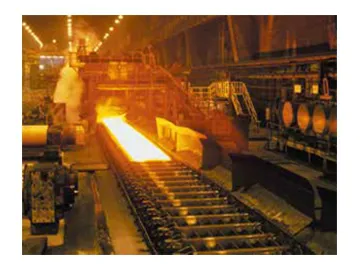
RXPE's SVC is the only ISO9001 certified static VAR compensator in China and is produced according to international standards.
SVC Application
RXPE SVCs are widely used in metallurgy, electric railway, electricity, coal, nonferrous metals, and other industries. At present, our installation quantity has exceeded 600 sets.
SVC for Metallurgy
SVC for Electric Railway
SVC for Power Industry
SVC for Coal Industry
SVC for Non-ferrous Metal Industry
SVC (Static VAR Compensator) Components
SVC (Static VAR Compensator) is a power compensation equipment set comprised of the following:
Full digital control system
- Cabinet structure
- Used for real-time calculation of power grid reactive power, controlling the thyristor triggering angle size, thereby controlling the amount of reactive power compensation.
Thyristor converter
- Frame structure.
- Receive signal from the control system, change thyristor triggering angle size, and produce the corresponding reactive power compensation current.
Compensation reactor
- Tubular dry type, double coils at top and bottom, natural cooling.
- When the current passing through the thyristor flows through the compensation reactor, it generates the inductive reactive power required by the system, which is used to balance the reactive power of the system and maintain the bus voltage and power factor stability.
High order harmonics filtering device
- Components: inductor, power capacitor, resistor (used when there is a high-pass channel).
- Structure: The reactor is tubular dry type, with double coils at top and bottom, natural cooling. Frame structure installation is used for power capacitor, natural cooling.
- Function: Eliminate the high order harmonics running through the system, provide capacitive reactive power to the system, and improve power factor.
- Connection: Each filtering channel is connected to the system bus through the switch cabinet.
Links:https://www.globefindpro.com/products/11273.html
-
 SVC for Utility
SVC for Utility
-
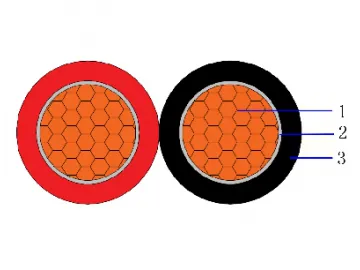 CU/MT/LSZH 0.6/1kV Non-sheathed twisted cable as BS6387
CU/MT/LSZH 0.6/1kV Non-sheathed twisted cable as BS6387
-
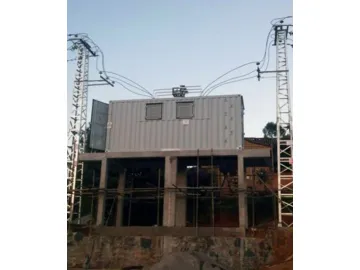 Series Compensator for Power Distribution
Series Compensator for Power Distribution
-
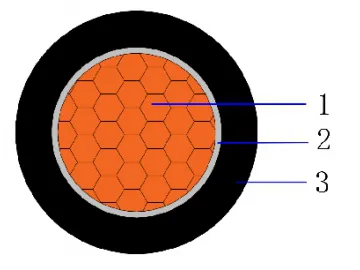 CU/MT/LSZH 0.6/1kV Non-sheathed fire resistant cable as BS6387
CU/MT/LSZH 0.6/1kV Non-sheathed fire resistant cable as BS6387
-
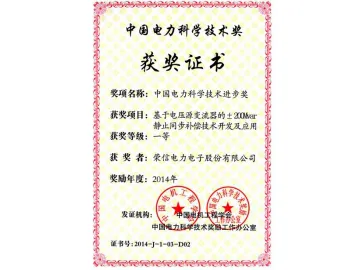 Rongxin SVC Technology Awarded The Top Prize
Rongxin SVC Technology Awarded The Top Prize
-
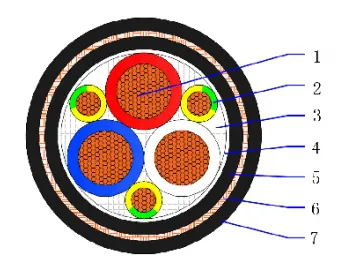 CU/PVC/PVC/CWB/PVC 0.61/kV Copper wire braid screen VSD flexible cable
CU/PVC/PVC/CWB/PVC 0.61/kV Copper wire braid screen VSD flexible cable
-
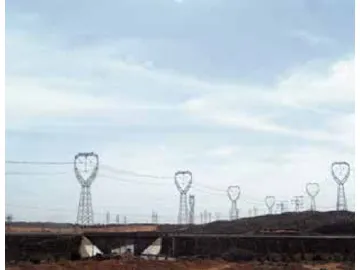 SVC for Utility
SVC for Utility
-
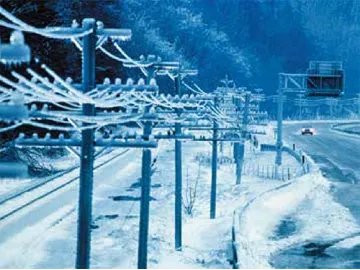 ICE Melting Device
ICE Melting Device
-
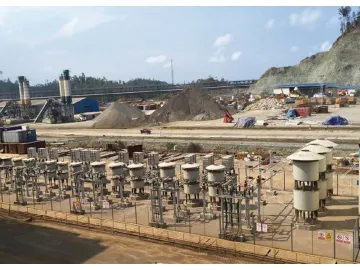 SVC for Industries
SVC for Industries
-
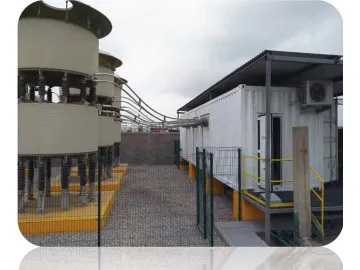 SVC for Industries
SVC for Industries
-
 925 Sterling Silver Long Geometric Triangle Earrings With White Simulated Pearl, Women Gift Geometric Triangle Earrings
925 Sterling Silver Long Geometric Triangle Earrings With White Simulated Pearl, Women Gift Geometric Triangle Earrings
-
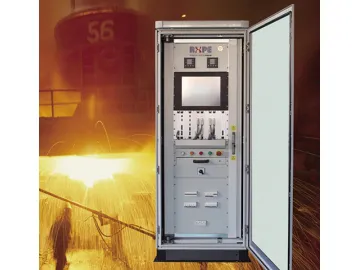 Electrode Regulation for Electric Arc Furnace (EAF-ER)
Electrode Regulation for Electric Arc Furnace (EAF-ER)
